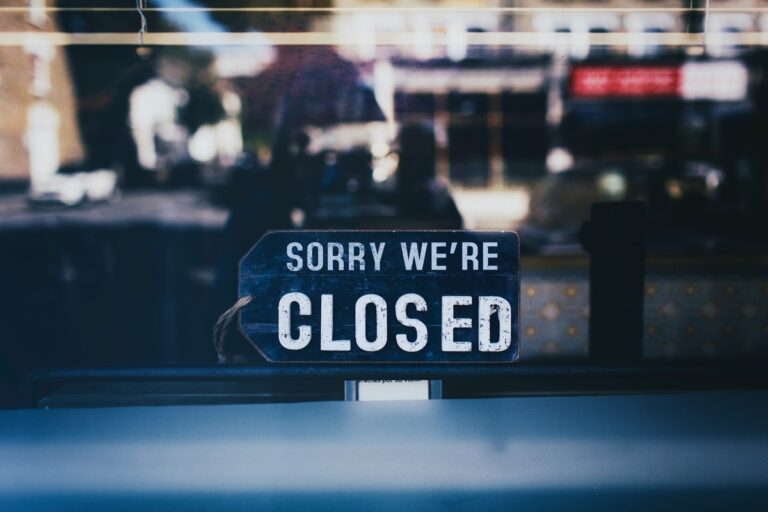Understanding how retailers meet the levels of human need reveals how the industry will evolve. Retail is dead. That’s what they’re telling us. They say that humans will have no need for physical stores when anything and everything can be delivered to our doorsteps. Shopping malls might as well close their doors. Doesn’t everyone buy […]
Retail is dead. That’s what they’re telling us. They say that humans will have no need for physical stores when anything and everything can be delivered to our doorsteps. Shopping malls might as well close their doors. Doesn’t everyone buy everything online now anyway?
Well, no. Only about 7.4 percent of all U.S. retail sales occur online. And those crowds we continue to encounter on Black Friday or any given Sunday at the local mall seem as big as ever. While some predict a dire end for physical retail, the truth isn’t so simple. Some retailers will shrink their store footprints while others will grow. Some will employ automation and new technology, while others will not.
Decisions about expansion, contraction and new technology will all be made to meet shoppers’ demands. We can make predictions about which retailers will see which changes by using the framework of levels of human need as a guide. Which retailers meet which needs can help answer the big questions.
The mystery of the lonely kiosks
The line was long at the drug store pharmacist window. On the wall, just next to the line were two kiosks similar in shape to ATM machines. As I waited, I read the instructions on the machine. Those who had called in their prescriptions ahead of time could make their payments at the machine and skip the line. Yet, not one of us in that long line had chosen to use the kiosks. In fact, I had never seen anyone use them.
Supermarket self-checkout lines, which offer similar promises of a shorter wait time, are now used by many shoppers. Why does one automated service fail to attract users while another quite similar one proves successful? The answer may be that while the technologies are similar, the human needs they were intended to meet are not.
Maslow’s Hierarchy of Needs
Abraham Maslow is famous for his hierarchy of needs. It is a theory that envisions human development as meeting a series of necessities.
Humans meet the most basic needs like food, water and sleep first, and then move on to higher needs such as safety, security, love and respect.
The most basic needs are the most common, as are the goods sold to meet them. Conversely, higher needs are more difficult to obtain and the goods intended to meet those needs are rarer. For example, every human needs food and water. Retailers that meet those most basic needs, such as a traditional grocer, can expect a more competitive marketplace.

In general, the higher the need that a product meets, the bigger the profit margin will be. Goods and services that meet more advanced needs often require higher touch service. As the needs are rarer and more complex, the value they have to the person is higher and the delivery must be personalized and customized.
The number of people pursuing higher needs are fewer, but the value of goods to meet those needs is higher.

Mystery solved
Understanding how the hierarchy works explains why those prescription kiosks in the drug store went untouched on a busy weekend morning. Self-service checkouts in grocery stores have proven a popular option for shoppers on the run because supermarkets primarily meet needs on the lowest level of the hierarchy. At those lower levels, consumers are more likely to sacrifice human interaction for low cost and speed.
Drug prescriptions on the other hand, meet a health need, which is higher up the hierarchy. Not only are goods that meet health needs more expensive, but they are more likely to require human service. A parent with an ailing child wants to know his drug prescription is filled properly and appropriately. An ill shopper wants a pharmacist to guide her toward health and well-being. Machines are not good at any of these things. Is it any wonder that these shoppers willingly sacrificed time for human interaction?

As the retail landscape continues to evolve, Pinterest has unveiled its annual Pinterest Predicts report, offering a glimpse into the…

Small local retailers are at the highest risk of closures today.

Several malls opened in Qatar in 2021, with new openings planned for the fourth quarter of 2022.

In 2025, retail expansion stopped being about square meters and started being about intent. Across luxury, athleisure and digital-native brands,…

Central Pattana unveils The Central, a new US$575m mall in Bangkok’s fast-growing northern district with a planned opening in late…

Singles’ Day 2025 breaks new global records with $150B+ in sales. Discover the top categories, data insights, and retail trends…